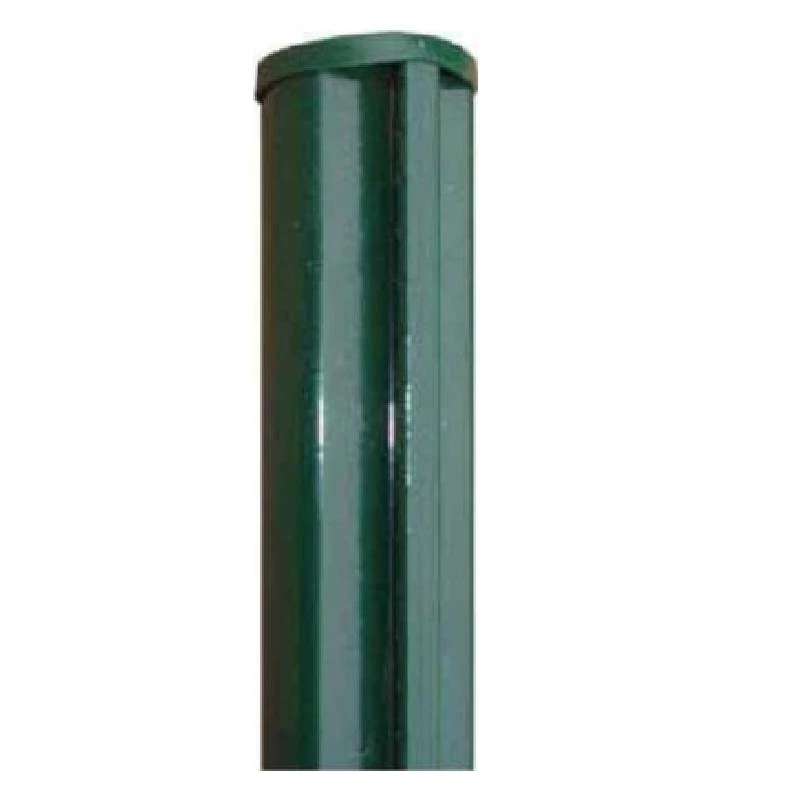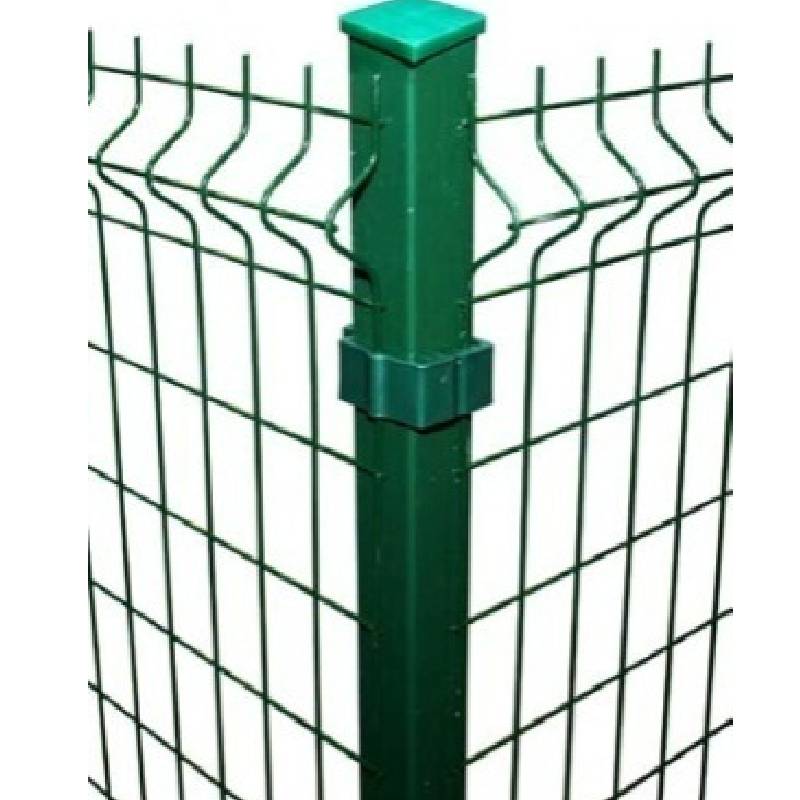-
mailaka:zhao@hyliec.cn
-
Tel:+86 311 85273988
-
WhatsApp:8613931128750
-
 AFRIKANINA
AFRIKANINA -
 albaney
albaney -
 Amharic
Amharic -
 Arabo
Arabo -
 Armeniana
Armeniana -
 Azerbaijani
Azerbaijani -
 Baska
Baska -
 Belarusian
Belarusian -
 Bengali
Bengali -
 Bosniaka
Bosniaka -
 biolgara
biolgara -
 Katalana
Katalana -
 Cebuano
Cebuano -
 Korsika
Korsika -
 Kroaty
Kroaty -
 TSEKY
TSEKY -
 Danoà
Danoà -
 Anarana iombonana
Anarana iombonana -
 anglisy
anglisy -
 esperanto
esperanto -
 Estoniana
Estoniana -
 Anarana
Anarana -
 FRANTSAY
FRANTSAY -
 Frisian
Frisian -
 galisiana
galisiana -
 Zeorziana
Zeorziana -
 Anarana
Anarana -
 GRIKA
GRIKA -
 Gujarati
Gujarati -
 Kreole Haitiana
Kreole Haitiana -
 hausa
hausa -
 Hawaii
Hawaii -
 Hebreo
Hebreo -
 tsia
tsia -
 Miao
Miao -
 hongariana
hongariana -
 Anarana
Anarana -
 igbo
igbo -
 indonezianina
indonezianina -
 TENY IRLANDEY
TENY IRLANDEY -
 ITALIANINA
ITALIANINA -
 Anarana
Anarana -
 Javaney
Javaney -
 Kannada
Kannada -
 kazakh
kazakh -
 Khmer
Khmer -
 Rwanda
Rwanda -
 Koreana
Koreana -
 Kiorda
Kiorda -
 Kyrgyz
Kyrgyz -
 TB
TB -
 Latina
Latina -
 Zavatra tsy
Zavatra tsy -
 litoanianina
litoanianina -
 Luxembourgish
Luxembourgish -
 Masedoniana
Masedoniana -
 Malagasy
Malagasy -
 Malay
Malay -
 Malayalam
Malayalam -
 Maltais
Maltais -
 Maori
Maori -
 Marathi
Marathi -
 Mongoliana
Mongoliana -
 Madagascar
Madagascar -
 Nepali
Nepali -
 norvejiana
norvejiana -
 norvejiana
norvejiana -
 Occitan
Occitan -
 Pashto
Pashto -
 PERSANINA
PERSANINA -
 poloney
poloney -
 portogey
portogey -
 Punjabi
Punjabi -
 Malagasy Romanian
Malagasy Romanian -
 ROSIANINA
ROSIANINA -
 samoanina
samoanina -
 Gaelika Scottish
Gaelika Scottish -
 serbianina
serbianina -
 anglisy
anglisy -
 Shona
Shona -
 Sindhi
Sindhi -
 Sinhala
Sinhala -
 silaovaka
silaovaka -
 Slovenianina
Slovenianina -
 Somali
Somali -
 Fikarohana
Fikarohana -
 Sundanese
Sundanese -
 swahili
swahili -
 Anarana
Anarana -
 Tagalog
Tagalog -
 Tajik
Tajik -
 Tamil
Tamil -
 Tatar
Tatar -
 Telugu
Telugu -
 Thai
Thai -
 Tiorka
Tiorka -
 Turkmen
Turkmen -
 OKRAINIANA
OKRAINIANA -
 Urdu
Urdu -
 Uighur
Uighur -
 Uzbek
Uzbek -
 vietnamiana
vietnamiana -
 valesa
valesa -
 Vonjeo
Vonjeo -
 Yiddish
Yiddish -
 Yoruba
Yoruba -
 Zulu
Zulu
Fencing Post
What Type Of Fence Post Is Best?
The best type of fence post depends on various factors such as the type of fence, local climate, soil conditions, and personal preferences. Common options for fence posts include:
1. Round steel posts: Round steel posts are a traditional and versatile choice, suitable for various fence types. They can be treated to resist rot and decay, but may require maintenance over time.
2. Square steel posts and rabbet posts offer durability and strength, making them suitable for supporting heavy or high-security fences. They are resistant to rot and insect damage.
3. Steel round posts/ square posts/ rabbet with base plate: They are suitable to install on the concrete ground, and fixed by concrete nails.
What Size Is A Fence Post?
Fence posts come in various sizes, typically having Φ32 Φ34 Φ38 Φ48 Φ60 Φ80 for round steel posts and 40x40 60x60 40x60 60x60 80x80 100x100 etc for square tube posts in dimension. The specific size of a fence post depends on the type of fence being installed, the height and weight of the fence panels, and the local building codes or regulations. It's important to select the appropriate size of fence post to ensure stability and structural integrity for the specific fencing project. Consulting with a professional or referring to local building codes can provide guidance on the recommended size of fence posts for a particular application.
Fence Post FAQ:
What type of fence post is best?
The best type of fence post depends on various factors such as the type of fence, local climate, soil conditions, and personal preferences. Common options for fence posts include round steel posts, square steel posts and rabbet steel posts, posts with base plate or without base plate. Each type has its own advantages and considerations, so it's important to choose the most suitable option based on the specific requirements of the fence project.
What size is a fence post?
Fence posts come in various sizes, typically typically having Φ32 Φ34 Φ38 Φ48 Φ60 Φ80 for round steel posts and 40x40 60x60 40x60 60x60 80x80 100x100 etc for square tube posts in dimension. The specific size of a fence post depends on the type of fence being installed, the height and weight of the fence panels, and local building codes or regulations. It's important to select the appropriate size of fence post to ensure stability and structural integrity for the specific fencing project.
How to install a panel fence?
Paneling a fence involves several steps, including measuring and planning, installing the posts, attaching the panels, adding finishing touches, and performing regular maintenance. It's important to follow the manufacturer's instructions and local building codes when paneling a fence to ensure proper installation and compliance with regulations. If in doubt, it's advisable to consult with a professional or seek guidance from experienced individuals.






